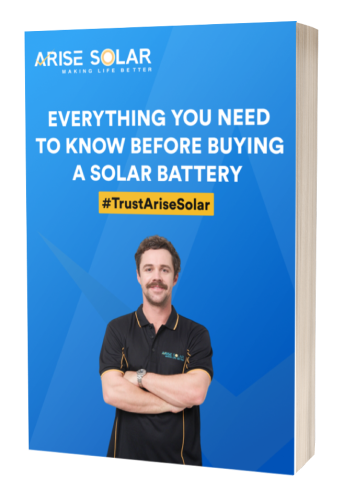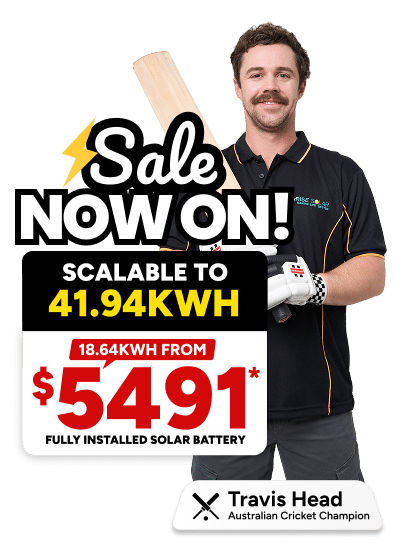A solar system consists of a number of key components which combine together to generate electricity, regulate and control the flow and quality of electricity and to connect and mount the system to your building. It is important that each of the components is designed to work optimally together and none of the components compromise the performance, safety or life expectancy of the others components.
Grid Tied Solar Systems
Grid-connected photovoltaic systems are designed to operate in parallel with the electric utility grid. The key components of Grid Tied solar systems are:
- Solar Panels
Solar panels are the most noticeable component of a residential solar electric system. The solar panels are installed outside the home, typically on the roof and convert sunlight into DC electricity.
Solar Panels make it happen through photovoltaic effect, which is the process of converting sunlight into electricity. Solar panels are given output ratings in watts. This rating is the maximum produced by the panel under ideal conditions. Output per panel is between 10 and 500watts. With numerous solar modules in the market it can be difficult to choose the one that is a good and trustworthy brand. Thus Bloomberg energy finance has created Pv module tiering system. Make sure to always install CEC approved Tier 1 panels.
2. Inverter
Inverter Converts DC electricity into AC electricity to power the house loads. A solar inverter is one of the most important elements of the solar electric power system. It converts the variable direct current (DC) output of a photovoltaic (PV) solar panel into alternating current (AC). This AC electricity then can be fed into your home to operate your appliances.
The electricity that is not used in your home is then either fed into the grid (electrical power lines) or into home battery storage. New hybrid inverters include an integrated battery management system.
Long lasting solar power systems require a high quality inverter with a robust convection cooling system. Low quality inverters have unfortunately failed in the Australian climate. Check the list of inverters suitable for Australian climate and approved by CEC.
3. Mounting
A solar mounting system is a component that secures solar panels to your roof and holds them in place. There are different solar racking systems available and your solar provider chooses the right mounting system for your solar installation. They can differentiate options based on your roof type. Speak to our experts to get your roof layout and expert advice.
4. Switches
There are two switches that come with the solar system, one is an AC switch and another is a DC switch. A DC isolator switch is an electrical safety device that manually disconnects itself from the modules in a solar PV system. In PV applications, DC isolator switches are used to manually disconnect the solar panels for maintenance, installation or repair purposes. In most solar PV installations, two DC isolator switches are connected to a single string. Normally, one switch is placed close to the PV array and the other close to the DC end of the inverter. This is to ensure that disconnection can be achieved at ground and roof level. DC isolators can come in polarized or non-polarized configurations. For DC isolator switches that are polarized, they come in two, three and four pole configurations. AC isolator switches are used for disconnecting the inverter from the grid for maintenance, repair or installation. Below is an example of an AC isolator used in most PV applications.
5. Labels
According to CEC, it is legally necessary to put safety signs, labels & instructions wherever necessary in your solar system.
6. Wires and cables
Solar installers connect a large range of cables, wires and accessories. Good quality cable ensures that the power generated by your solar panels ends up where it’s useful – not ending up as wasteful heat.
Choose right components that help you to save on solar system
All these components are a part of the solar package. The price provided to you by your solar installer is inclusive of all the above components. We can help you design the customized solar package for your property. Speak to our team to learn more.





